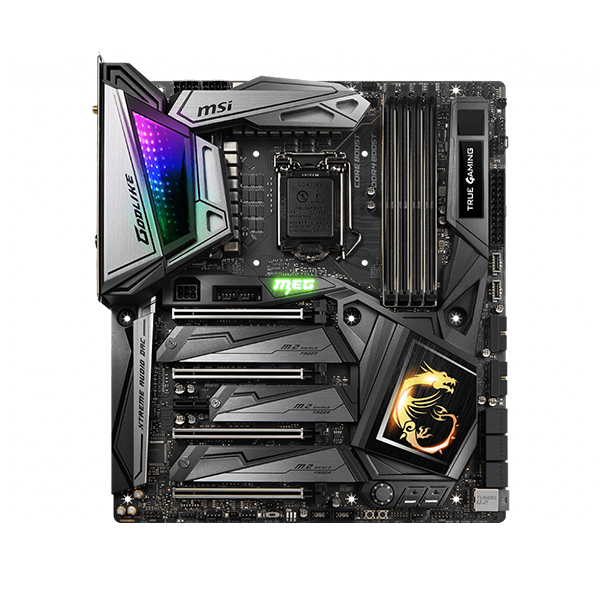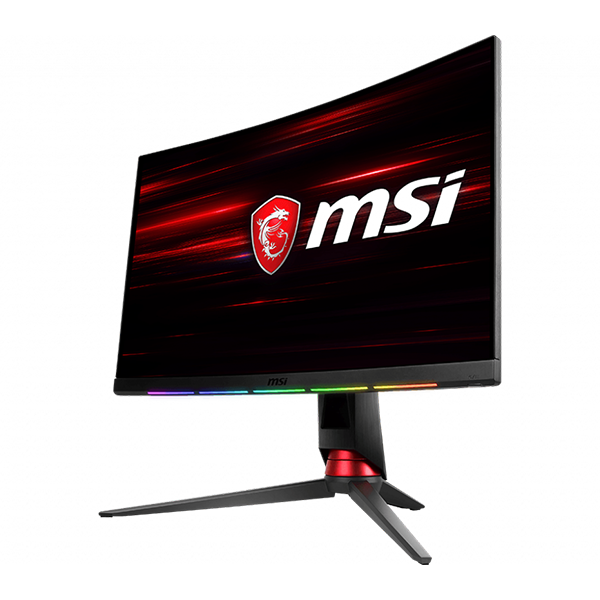[Notebook] How to Set Up an External Monitor for a Notebook?
- Connecting the Notebook to a Monitor
- Using Shortcut Keys to Set Up an External Monitor
- Open Display Settings
- Identify Monitors
- Detect Monitors
- Arrange Monitors
- Change Monitor Options (e.g., Resolution, Text Scaling)
Connecting the Notebook to a Monitor
Check the ports on the side of your notebook to determine the type of output port. In this article, we'll use an HDMI port as an example.

Use an HDMI cable to connect to your notebook.

Using Shortcut Keys to Set Up an External Monitor
Press "Fn" + "F2" or "Windows key" + "P" to switch to external monitor mode.
Here are the four modes for external monitors:
- PC screen only: Display content only on the notebook screen.
- Duplicate: Display the same content on all screens.
- Extend: View the desktop across multiple screens. When extending the display, you can move items between the screens.
- Second screen only: Display content only on the external monitor.
Open Display Settings
1. Click "Start" and then select "Settings."

2. Click "System" and then select "Display."

3. You will find the relevant display settings options.

Identify Monitors
To see the corresponding number for each monitor, click "Identify" in the display settings. The assigned number will appear on the screen.

For example, number 1 is the notebook screen, and number 2 is the external monitor.

Detect Monitors
If you have connected another monitor but it's not displayed in the settings, click "Multiple displays", then select "Detect".

Arrange Monitors
In the display settings, you can rearrange the layout configuration of your monitors. Select the monitor you want to adjust and drag it to your desired position, then click "Apply".

Change Monitor Options (e.g., Resolution, Text Scaling)
After connecting to an external monitor, you can adjust the text, window size, or screen resolution on the external monitor desktop to suit your preferences.
1. Select the number of the display you want to adjust.

2. In the display settings, scroll to the bottom of the page to adjust "Scale & layout," "Display resolution," and "Display orientation" as needed.

3. After making changes, a prompt will appear. Click "Keep changes" to apply the settings.





